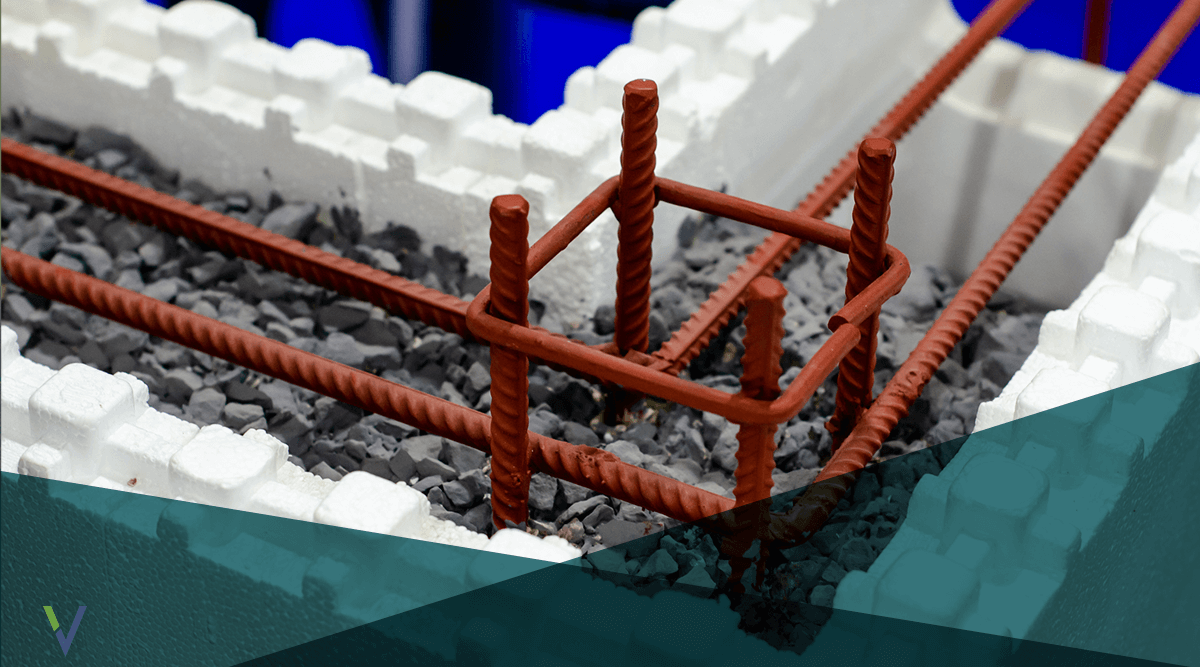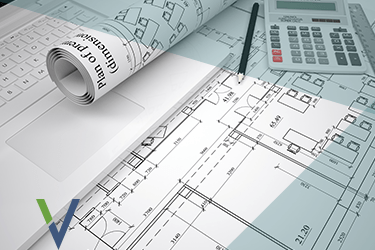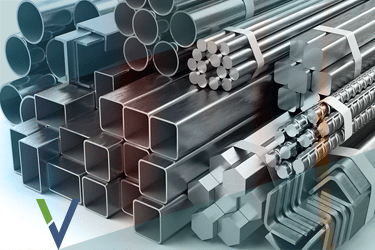The technology in these forms not only provides a higher R-value but also achieves a better living environment due to thermal comfort achieved by maintaining a continuous and consistent interior temperature. They can also provide greater building strength, while simultaneously reducing construction time and cost.
Energy Efficient
With their simple building block system and lighter weight, ICFs can be quickly and easily installed. ICF blocks are stacked on top of one another in a Lego-like block system that achieves a continuous insulation layer, creating a more efficient wall than is possible with typical construction. In most cases, walls can achieve an R-value of R25 with the possibility of increased foam thickness in areas where higher R-values are required. These walls are also very effective for sound insulation, which makes these structures remarkably quiet.
ICF walls are airtight due to the continuous insulation surrounding the concrete core. These walls deliver up to 60% less air infiltration than typical stick-built construction. A vapor barrier is built into the polystyrene wall form preventing vapor from passing through the wall system, allowing ICF structures to be more energy-efficient and less drafty when compared to wood or steel buildings. This reduces the amount of energy used for heating and provides for a more thermally comfortable living environment.
Function Over Form
One of the drawbacks of ICFs is in terms of architectural expression. The best use of ICFs is in projects wherein the architectural look is secondary to the functionality of a building. Because ICF walls are composed of several inches of reinforced concrete and foam insulation, they take up more space than traditional wood-frame walls. More indoor floor space must therefore be devoted to the ICFs, which may not be ideal for smaller structures. ICF buildings are also more difficult to remodel, as adding a window, door or additional electrical or plumbing chases after construction will require cutting into solid concrete walls, which can be complicated and time-consuming.
Best Use
Due to the superior thermal dynamics and soundproofing that these buildings achieve, ICFs are ideal for mid-rise residential use. ICFs are particularly favorable for use in long-term care facilities, student housing, and apartment buildings. ICF buildings are also an excellent replacement to the typical concrete masonry units (CMUs) and concrete construction often seen in schools and commercial buildings.
When all stages of a typical concrete or stick-built wall are considered, ICF construction can be a cost-neutral consideration. The overall first cost-benefit is schedule acceleration. Additionally, ICF buildings are typically low in maintenance costs and have a longer lifespan. Moreover, ICF construction becomes even more appealing once the future reduced costs of heating and cooling a building are considered.













